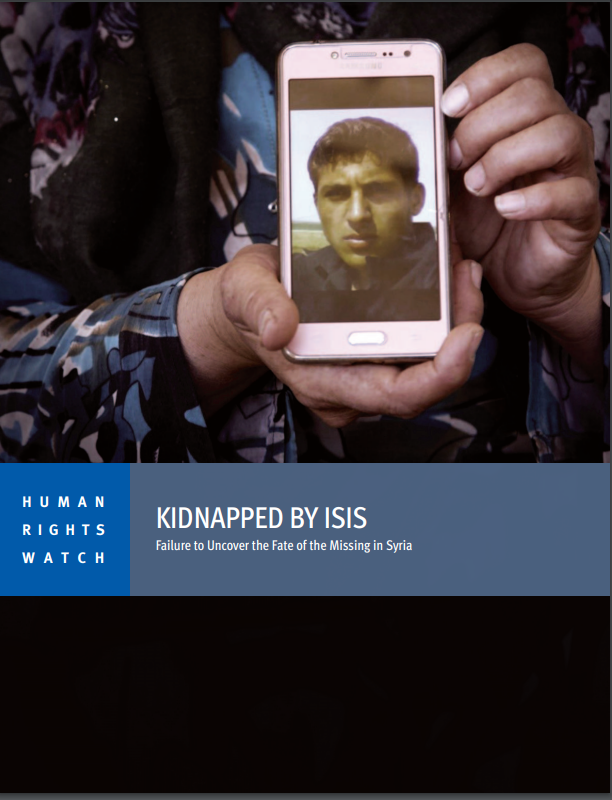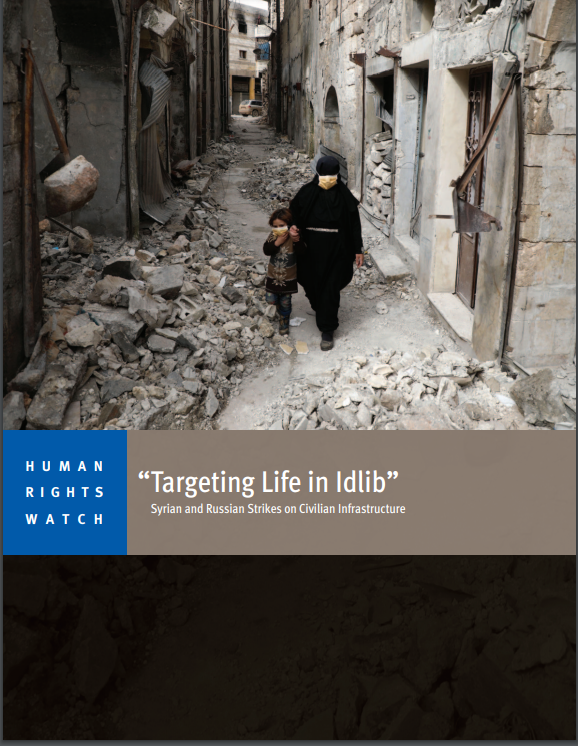As the Syria conflict continues into its tenth year, Syrian refugee children in Jordan are confronting obstacles to education that grow more acute as they progress into secondary education. Every child has the right to a quality primary and secondary education. But only a quarter of secondary-school-age Syrian refugee children in Jordan are enrolled in school.
As documented by Human Rights Watch in this report, the main causes of increasingly lower enrollment of Syrian refugees in Jordan are poverty, lack of affordable and safe transportation, the poor quality of education in schools for Syrian children, the low value of continuing education for Syrians given their limited professional opportunities in Jordan, administrative barriers to enrollment, and lack of accommodations for children with disabilities.
Failure to ensure secondary education for displaced children and adolescents robs them of the skills they need, closes off future economic opportunities, and risks undermining economic development. Schools can be protective and nurture hope, and children with secondary education are typically healthier and likelier to find work as adults and escape poverty. Children who drop out are at increased risk of child labor, child marriage, sexual violence, being trapped in poverty, and being recruited by extremist armed groups.
Human Rights Watch first reported on education for Syrian refugee children in Jordan during the 2015-2016 school year. Since then, Jordan has taken significant steps, with support from foreign donors and humanitarian organizations, to fulfill its pledge to ensure all Syrian refugee children can go to school. Jordan’s current education plan for refugee children states that almost 87 percent of Syrian children had enrolled in compulsory basic education in 2018-2019. Worldwide, just 63 percent of primary-school-age refugee children are enrolled.
But beginning at around age 12, Syrian children’s enrollment begins to drop, even though 10 years of basic education are compulsory in Jordan. Out of more than 27,000 Syrian refugee children ages 16-18 in Jordan, fewer than 7,000 are enrolled, a gross enrollment rate of 25 percent, according to humanitarian agencies. Jordan’s refugee-education plan states that the secondary enrollment rate for Syrian refugees was slightly higher, at 30 percent. A detailed survey conducted during the 2017-2018 school year of 18,000 Syrian refugee children in Jordan found that only 15 percent of Syrian 16-year-olds and 21 percent of 17-year-olds were enrolled in secondary school, as compared to more than 80 percent of Jordanian children of both ages.
This report, which is based on interviews with Syrian refugee families and children, staff at humanitarian agencies and NGOs, and officials of the Jordanian government and donor governments, finds that obstacles to education become more severe for secondary-school-age refugee children, but that humanitarian education planning has overlooked the needs of this vulnerable age-group. Foreign donors have given more than US$356 million to education in Jordan since 2016 under UN-coordinated humanitarian response plans for the Syria crisis, but the plans do not set enrollment targets or other goals for refugee children’s secondary education.
Jordan’s success in boosting Syrian refugee children’s public-school enrollment at the primary level is undermined by the failure to keep them in school at the secondary level. For the majority of children who drop out, there is no way back to school; non-formal and informal education programs are reaching only a small fraction of secondary-school-age Syrian children.
Jordan’s challenges are not unique: worldwide, secondary school enrollment rates for refugee children are about 24 percent, and Syrian refugee children’s school enrollment rates are even lower in Lebanon than in Jordan. This report focuses on Jordan because of its history of collaboration with humanitarian agencies, progress on basic education for refugee children, support from donors, and stated policy goal of ensuring education for all children. These are reasons for optimism that Jordan can close the gaps that are depriving refugee children of secondary education.





